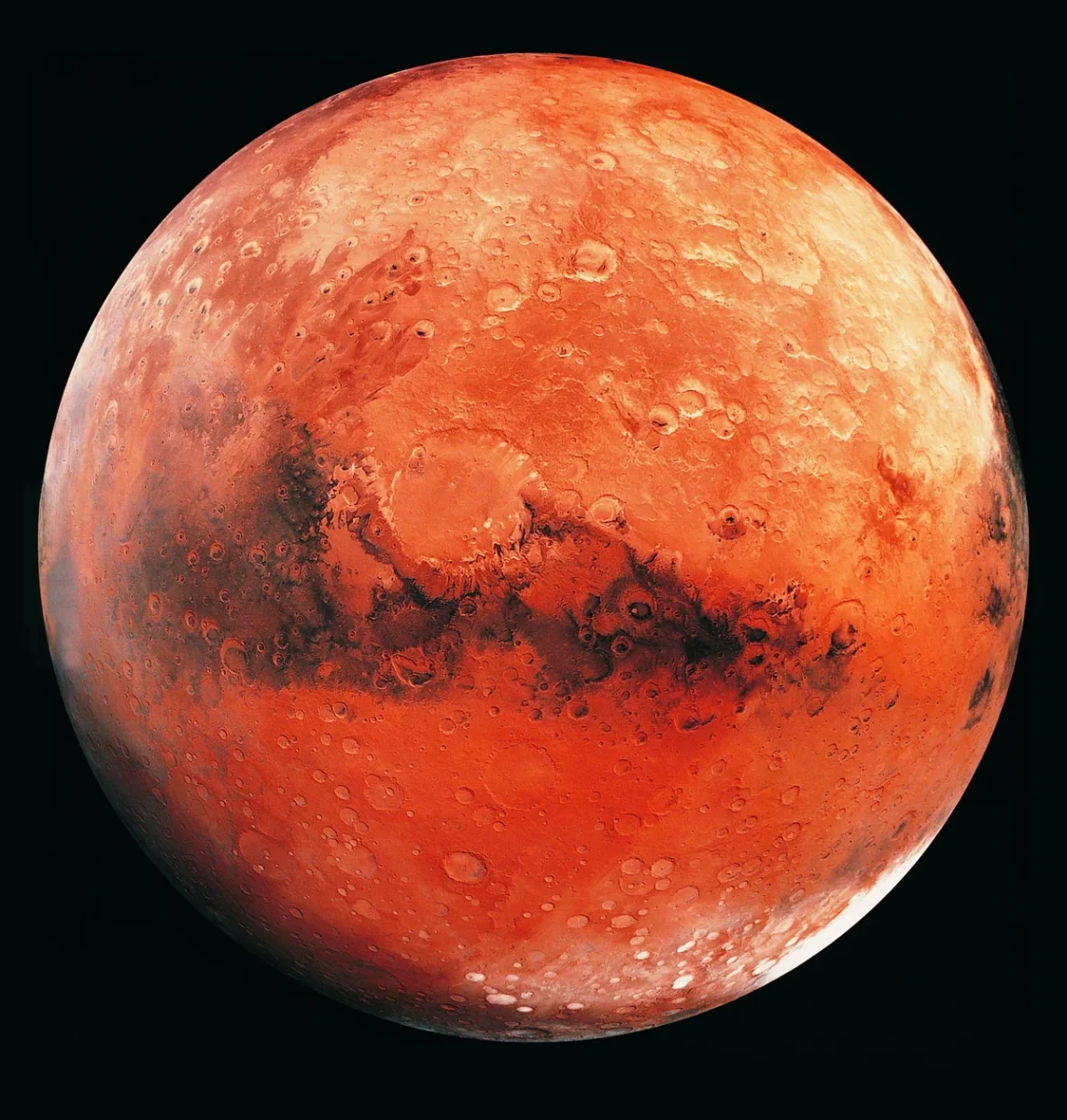For years, people have dreamed of exploring Mars. In movies, directors often show astronauts, aliens, rovers, and a seemingly infinite amount of dust on Mars’ surface, but the truth may reside deep under the exterior.
Underneath Mars’ outer sedimentary layer sits approximately 20 large rock structures buried under one of Mars’ ancient oceans. Dutch scientists presented this phenomenon at the Europlanet Science Congress 2024, from September 8 to 13, 2024. The team revealed a gravity map and an analysis they crafted using data from NASA’s InSIGHT (Interior Exploration using Seismic Investigations, Geodesy, and Heat Transport) mission and data from satellites orbiting Mars.
The paper on this data is called “The global gravity field of Mars reveals an active interior,” led by Dr. Bart Root of the University of Delft in the Netherlands. The study’s results contradict important geologic principles here on Earth. Geologists study something called flexural isostasy.
According to a book called “Quantitative Modeling of Earth Surface Processes” published by Cambridge University Press, “Flexural isostasy is the deflection of Earth’s lithosphere in response to topographic loading and unloading… Conversely, a reduction in topographic load causes the lithosphere to rebound, driving rock uplift.”
On Mars, Olympus Mons, our solar system’s largest volcano, is located in a region with other volcanoes. The area, Tharsis Montes, is vast and massive. Flexural isostasy states that based on patterns on Earth, Tharsis Montes should start sinking along with Mars’ surface. However, Olympus Mons is uplifting, the same effect you would expect when a region is lighter. This is partially due to Mars’ gravity, making geologists rethink this application to Mars’ geography.
The gravity map also found a large underground mass. Dr. Root and his team suspect it’s a plume of lava, slowly pushing up on the Tharsis region. A combination of the underground mass and the lighter gravity around the area are thought to be making Olympus Mons taller.
As humans discover more and more about other planets, opportunities open up and discoveries come to be. These new findings about Mars will change the way scientists think about Mars and our solar system for years to come.
Sources:























